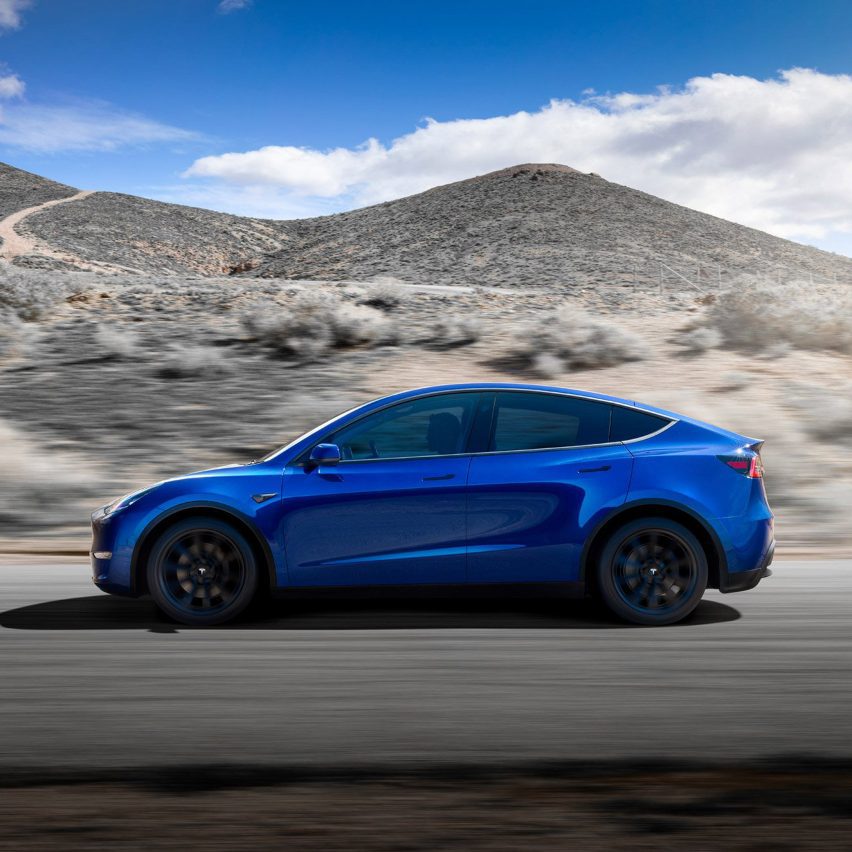How electric-vehicle technology is changing car design

Cars will start to look dramatically different as electric vehicles become the norm but battery technology must first improve, designers tell Dezeen.
Electric vehicles (EVs) are set to dominate our roads in the coming decades, with many countries intending to ban the sale of new internal combustion engine (ICE) cars by 2035 including the UK, China, Japan and most of Europe, as well as several US states.
Already demand for plug-in cars is surging. The International Energy Agency expects 14 million to be sold worldwide this year, representing 18 per cent of the overall car market ? up from just 4 per cent in 2020.
"Skateboard" could lead to more variety
This shift has the potential to deliver a sea-change in the way cars look as automakers race to release electrified models. Fossil-fuel-powered cars depend on a host of engineering components that has literally shaped them: the engine, the fuel tank, the radiator, the transmission, the exhaust pipe, etcetera. With electric cars all that is generally replaced by what is often referred to as the "skateboard" ? a unified, flat floor containing the battery pack and motors.
In theory, this skateboard could be topped by any number of forms that go well beyond conventional car design.
"It is different than the last 100 years where you have a motor, whether front, rear or centre, in a drive shaft and steering column and all these things," explained Giovanny Arroba, design director at Nissan's Global Desi...
| -------------------------------- |
| Exclusive Dezeen footage reveals demolition of Robin Hood Gardens |
|
|
Villa M by Pierattelli Architetture Modernizes 1950s Florence Estate
31-10-2024 07:22 - (
Architecture )
Kent Avenue Penthouse Merges Industrial and Minimalist Styles
31-10-2024 07:22 - (
Architecture )






